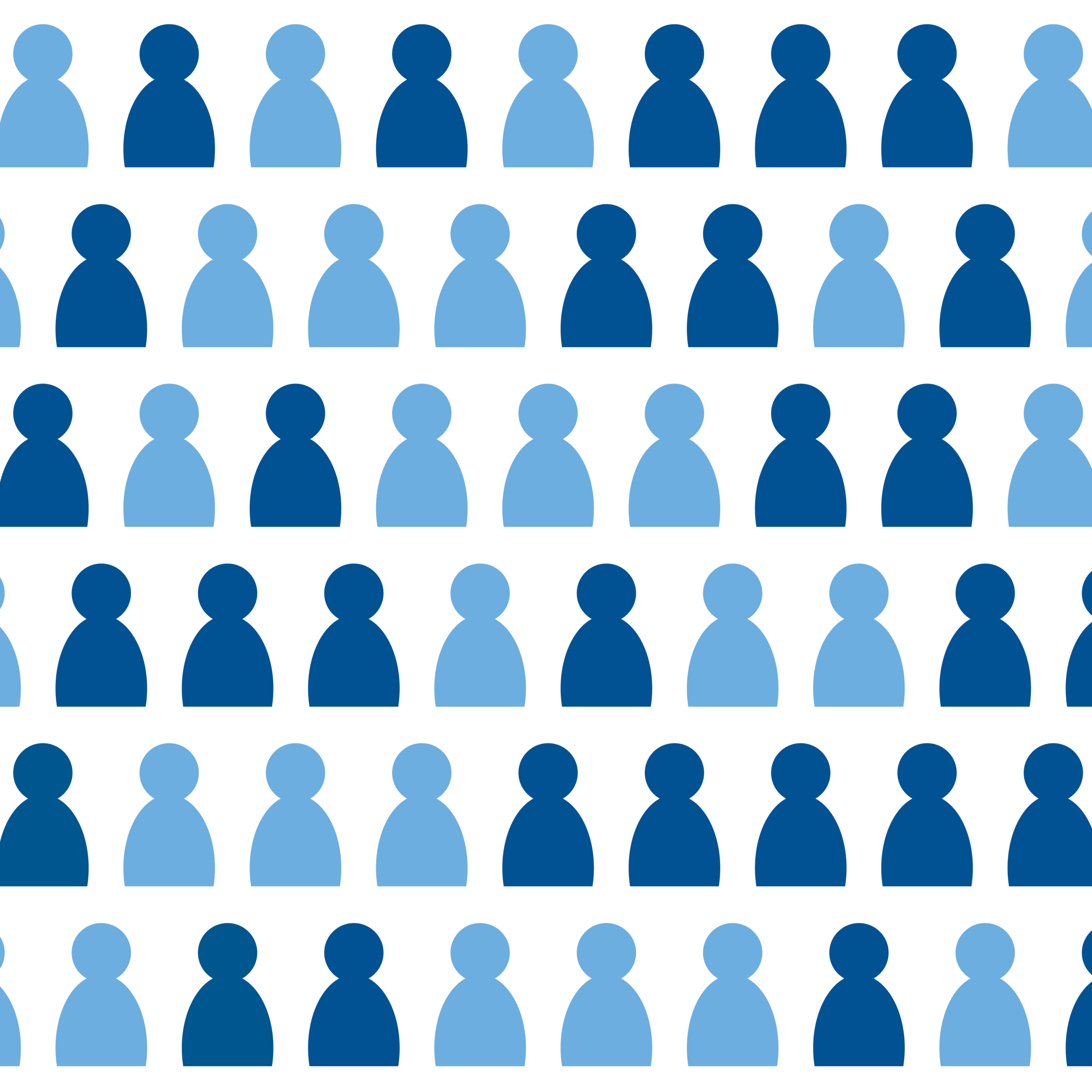
Inequality Below the Poverty Line since 1967: The Role of the U.S. Welfare State
Today in the United States, unlike in the past, the public policies that do the most to reduce U.S. poverty are also those that do the most to increase inequality among low-income households. This article’s findings reveal that recent state-led antipoverty efforts have placed the near poor and the deeply poor on divergent paths.

Trends in the Economic Wellbeing of Unmarried-Parent Families with Children: New Estimates Using an Improved Measure of Poverty
We re-assess long-term trends in poverty for children in single parent or cohabiting couple families. While single-mother families have the highest poverty rates among families both historically and today, the historical SPM reveals large declines in their poverty rates over time.

The Direct Effect of Taxes and Transfers on Changes in the U.S. Income Distribution
We examine the effects of taxes and transfers on the household income distribution from 1967 to 2015. Despite overall increases in income inequality, the rise of in-kind and tax-based transfers—particularly, food assistance and refundable tax credits—actually saw inequality decline in the bottom half of the income distribution among households with children.

Young Adult Poverty in Historical Perspective: The Role of Policy Supports and Early Labor Market Experiences
Examining long-term trends in young adult poverty, we find that, unlike other groups, poverty among young adults has not decreased since the 1960s. Young adults also lack access to public benefits and programs, are increasingly unmarried and living alone, and remain more disconnected from the labor market.

Long-term Trends in Rural and Urban Poverty: New Insights Using a Historical Supplemental Poverty Measure
U.S. poverty has a strong relationship to geography. Analyzing poverty from 1967 to 2014, we find a dramatic decline in rural poverty over time. SPM adjustments in the poverty threshold for regional cost of living (lowering poverty thresholds in less expensive areas and raising them in more expensive areas) is an important factor.

Poverty in the 50 States: Long Term Trends in Poverty and the Role of Social Policies
This chartbook provides state-level trends in historical SPM poverty (from the 1960s/1970s to the present) and the impact of taxes and transfers on poverty rates for the US population, children, working-age adults, and the elderly.

Young Child Poverty in the United States: Analyzing Trends in Poverty and the Role of Anti-poverty Programs
Poverty among young children (0-5 years) has fallen since 1968 due to the safety net. Without these programs, it would be the same rate today—or higher—than in 1968. We detail changes in the US safety net over time, from almost all cash transfers to its current mix of cash, tax credit, and in-kind transfers.

Poverty among Foster Children: Estimates Using the Supplemental Poverty Measure
Official poverty statistics do not include foster children. We provide the first large-scale, national estimates for poverty among foster children from 1992 to 2013, finding that foster children have a lower risk of poverty than other children, likely due to income supports such as foster care payments.

Trends in Child Poverty by Race/Ethnicity: New Evidence Using a Historical Supplemental Poverty Measure
Our improved historical version of the Supplemental Poverty Measure provides the first estimates of racial and ethnic differences in child poverty from 1970 to the present.

Incorporating Geographical Differences in the Cost of Living Using the Supplemental Poverty Measure
We built the first historical SPM time series from 1967-2014 that adjusts poverty thresholds for cost of living. Geographic adjustments increase poverty rates in metro areas, the Western states, and among Latinos and decrease poverty rates in non-metro areas and the South.

Progress on Poverty? New Estimates of Historical Trends Using an Anchored SPM
We explore historical trends in poverty using an absolute, or anchored, SPM threshold—setting the poverty threshold at the 2012 SPM level. While official statistics show poverty rates to be fairly flat over time, our historical analysis reveals poverty rates have dropped 40% since the 1960s due to government policies.

Trends in Child Poverty Using an Improved Measure of Poverty
Our re-examination of child poverty rates from 1967 and 2012 using our historical SPM reveals young children have the highest rates of poverty both historically and today. However, long-term poverty trends are more favorable than official statistics would suggest when government policies and programs are more fully accounted for.

Trends in Deep Poverty: The Influence of Family Structure, Employment Patterns, and the Safety Net
We use our historical SPM to examine the changing face of deep poverty in the United States over the past 50 years. We find government transfers reduce the risk of deep poverty for all population groups examined and the ways in which the significance and role of government programs have changed over time.

Waging War On Poverty: Historical Trends In Poverty Using The Supplemental Poverty Measure
Our historical SPM poverty estimates reveal poverty trends from 1967 to 2012 to be more favorable than previously understood. Government policy has played an important and growing role in reducing overall poverty—and child poverty and deep poverty in particular—especially during economic downturns.
